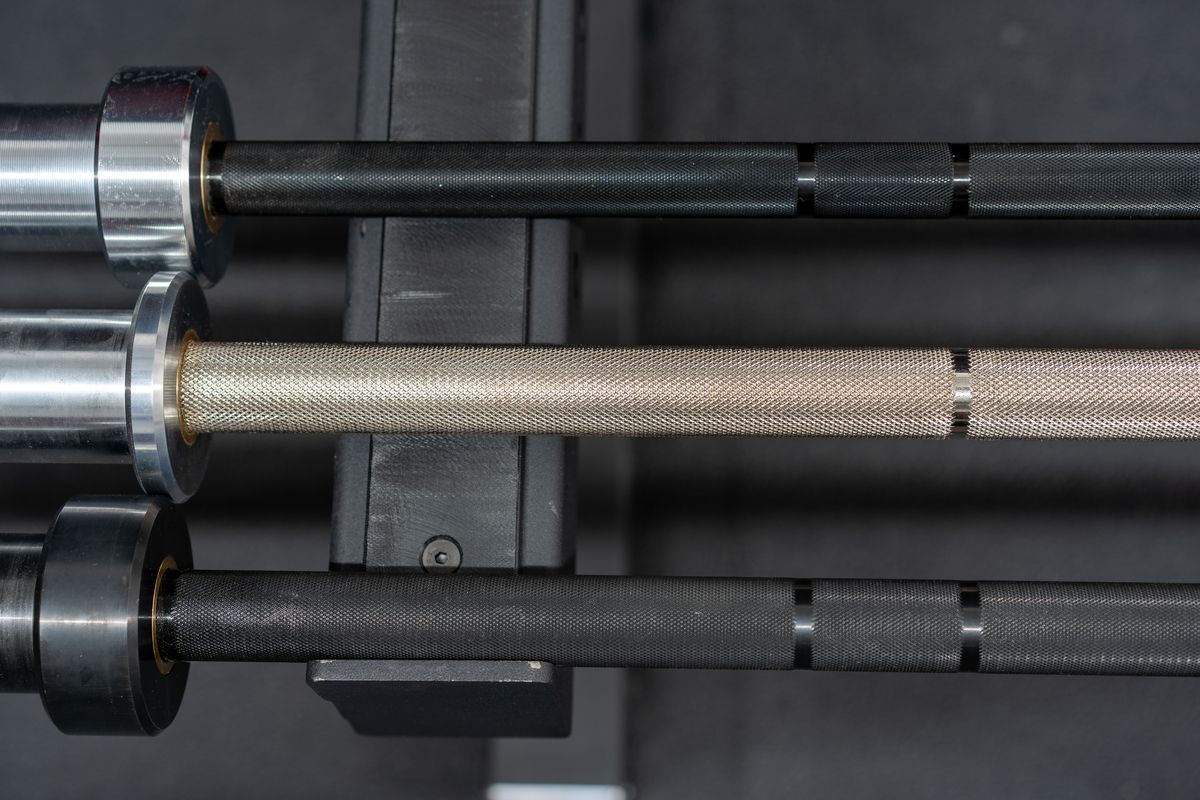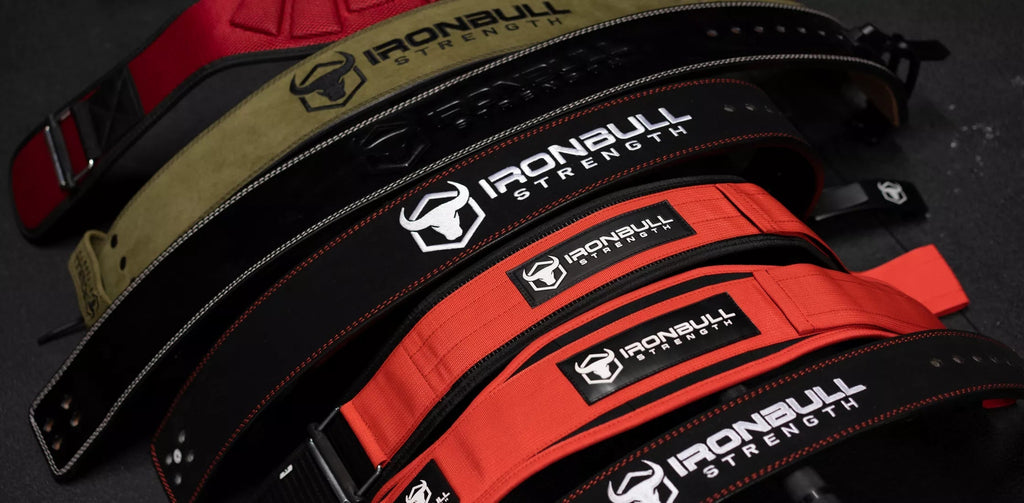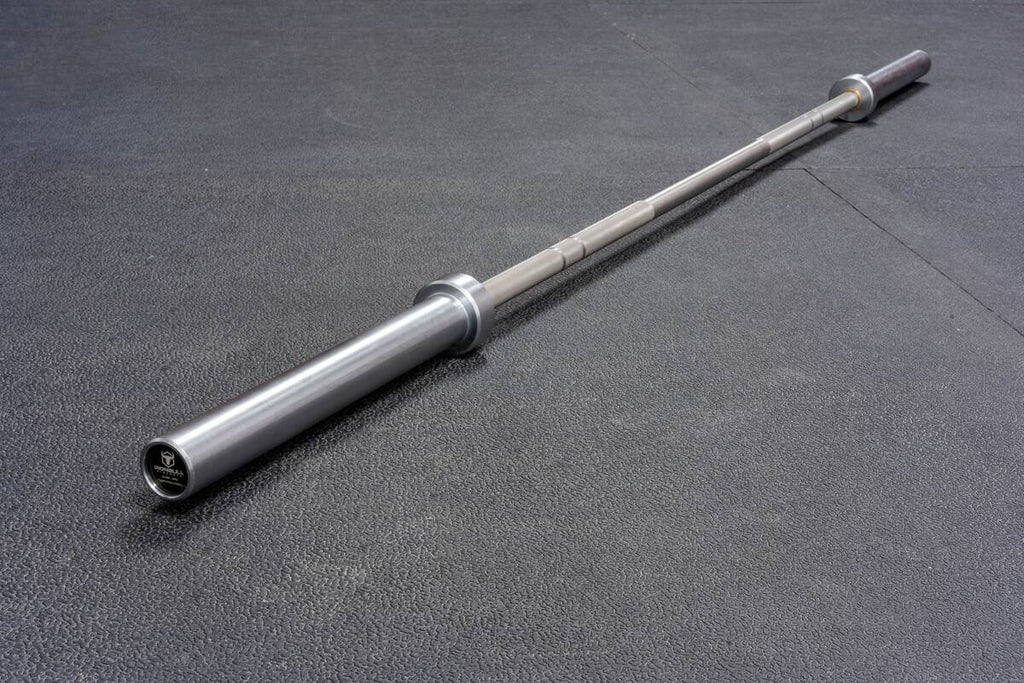Olympic Barbells vs Standard Barbells: Which is Right for You?

Curious about the difference between Olympic and standard barbells? In this guide, we’ll break down everything from weight and dimensions to construction and compatibility, so you can make the right choice for your training goals. Whether you’re just starting out or you’re a serious lifter, the right bar can make all the difference in your results.
At first glance, weightlifting bars might look the same—just a straight bar that holds plates. But for anyone serious about strength training, the details matter. Choosing between an Olympic barbell and a standard barbell is one of the most important decisions when building your gym setup.
In this article, we’ll compare Olympic and standard barbells side by side: their weight, size, construction, and how they pair with weight plates. By the end, you’ll know exactly which one fits your goals and equipment.
Olympic vs Standard Barbells: Dimensions and Weight
Olympic and standard barbells differ in size, weight, and feel. Here’s a quick breakdown:
Shaft Diameter
- Standard Barbell: Usually 1-inch in diameter, designed for standard plates with a 1-inch center hole. Best for lighter training or beginner-friendly home setups.
- Olympic Barbell: 2-inch sleeves with a thicker shaft for added durability and grip. These pair with Olympic weight plates and are the standard in most gyms and competitions.
Weight Range
- Standard Barbell: Typically weighs 15–25 lbs. Lighter and easier to handle, but not designed for very heavy loads.
- Olympic Barbell: Men’s bars weigh 20 kg (44 lbs) and women’s bars weigh 15 kg (33 lbs). Built for heavier training, they offer more flex (“whip”) and smoother sleeve rotation.
That difference in weight is critical. Olympic bars are designed for performance, while standard bars are more about convenience for light training or small home gyms.
Other Types of Barbells
- Squat Bar: Heavier, sturdier bars with deeper knurling for grip—great when paired with a squat rack or power rack.
- EZ Curl Bar: Smaller and angled for comfortable curls, typically 11–30 lbs depending on style.
- Youth Bar: Lighter (around 11 lbs), designed as a stepping stone for young lifters.
- Smith Machine Bar: Found on Smith machines, usually fixed at 11–22 lbs, moving on guided rails.
[Related: Smith Machine vs Squat Rack: Which is Better?]
Olympic vs Standard Barbells: Construction and Design
Olympic Bars
Olympic bars are built to last. They’re made from strong steel designed to balance toughness with elasticity, giving you that slight flex (“whip”) when lifting heavy. A good Olympic barbell should have at least 165,000 PSI strength, with 180,000 PSI being ideal for Olympic-style lifts.
Key features include rotating sleeves—often fitted with needle or ball bearings—to reduce wrist strain during fast lifts like cleans and snatches. The sleeve finish also matters: stainless steel, Cerakote, or hard chrome offer durability and resistance to corrosion. These are the bars you’ll want if you’re training with heavy bumper plates, or doing dynamic lifts.
Standard Bars
Standard barbells are simpler and more budget-friendly. Often lighter and made with lower PSI steel, they’re best for beginner lifters or casual home workouts. They don’t have rotating sleeves, and some even use threaded ends with spin-lock collars. While affordable, they’re not built for the heavy loads Olympic bars can handle and often won’t fit securely on a full-sized power rack.
Olympic vs Powerlifting Bars
Although they look similar, Olympic and powerlifting bars serve different purposes. Olympic bars are more elastic and spin faster, making them ideal for fast lifts like the snatch or clean and jerk. Powerlifting bars are stiffer, built for slower, heavy lifts like squats, deadlifts, and bench presses. If you’re training for powerlifting, you’ll likely prefer a stiff bar and supportive gear like a 10mm lever belt from our weight belt collection for stability.
Knurling and Grip
Knurling—the textured grooves on the bar—plays a big role in comfort and grip. Olympic bars often use medium to aggressive knurling and may feature a center knurl for squatting. Standard bars typically use a lighter knurl. For heavy lifts, many lifters prefer bars with deeper knurling, though it can be rough on the skin during high-volume training.
Compatibility with Weight Plates
This is one of the biggest differences. Standard bars use 1-inch weight plates, while Olympic bars use 2-inch plates. Olympic plates are more durable, consistent in size, and available in smaller increments, making progress easier to track. They also fit securely on racks and storage, including dumbbell racks and Olympic plate trees.
Why Choose Olympic Barbells?
- Stronger construction for long-term durability
- Higher load capacity for advanced training
- Rotating sleeves for smoother lifts
- Standardized sizing for compatibility with gym equipment
- Better grip and comfort under heavy load
Why Choose Standard Barbells?
- Lightweight and beginner-friendly
- Budget-conscious option for home gyms
- Compact size for easy storage
- Simple design with quick plate changes
FAQs
Q: Are all Olympic bars 45 pounds?
A: Most men’s Olympic bars weigh 20 kg (44 lbs), while women’s weigh 15 kg (33 lbs). Specialty bars may vary.
Q: Can I use an Olympic bar for bench press?
A: Absolutely. Olympic bars are the standard for bench pressing and pair well with a sturdy weight bench and power rack for safety.
Q: Are Olympic bars worth it?
A: Yes—if you want a long-lasting, versatile bar that works with durable Olympic weight plates, an Olympic bar is the smarter choice for both strength and safety.
Wrap Up
At the end of the day, the right barbell depends on your training goals. Standard barbells are affordable and practical for beginners, but if you want to progress into heavier lifting or Olympic-style training, Olympic bars are worth the investment. They offer higher durability, compatibility, and performance that supports long-term progress.
Ready to upgrade your gym? Check out our full range of weightlifting and powerlifting barbells. Pair them with high-quality weight plates, a supportive lifting belt, and a durable squat rack or functional trainer to build a setup that grows with your strength.


